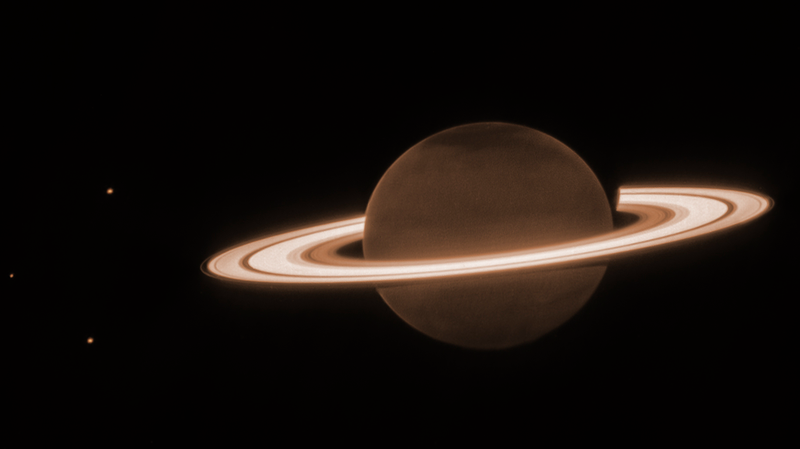Imagine an ocean world hidden beneath a frozen crust 🌊. Saturn’s icy moon Enceladus has sparked excitement since Cassini’s 2008 flyby when it shot through those dramatic plumes of water vapor and ice grains near the south pole.
Researchers at Freie Universität Berlin, led by planetary scientist Nozair Khawaja, dug deep into that data. They confirmed known organic molecules—like precursors for amino acids, the building blocks of proteins—and uncovered brand-new classes of carbon-based compounds. 🧪
These molecules could be the missing puzzle pieces in the recipe for life. While they can form without any biological help, under the right conditions—liquid water, energy from hydrothermal vents, and essential elements—complex chemistry might spark something truly remarkable.
Enceladus is a standout candidate in our solar system’s hunt for life. About 504 km (313 miles) wide, it orbits roughly 238,000 km from Saturn and hides a global ocean beneath 20–30 km of ice. Hot, mineral-rich water from hydrothermal vents may mix with this ocean, mirroring the environments where Earth’s earliest life likely emerged.
"We have compelling evidence that all three keystones of habitability exist on Enceladus," Khawaja says, even if Cassini’s instruments didn’t spot any direct signs of life. For now, the adventure is in the chemistry—but future missions may carry us closer to a headline-worthy discovery. 🚀
ESA is already planning a return trip, putting Enceladus at the top of the must-explore list for astrobiology and space explorers alike. Are we on the brink of finding life beyond Earth? Stay tuned—our cosmic quest has only just begun! 🌌
Reference(s):
More evidence suggests Saturn's moon Enceladus could support life
cgtn.com




